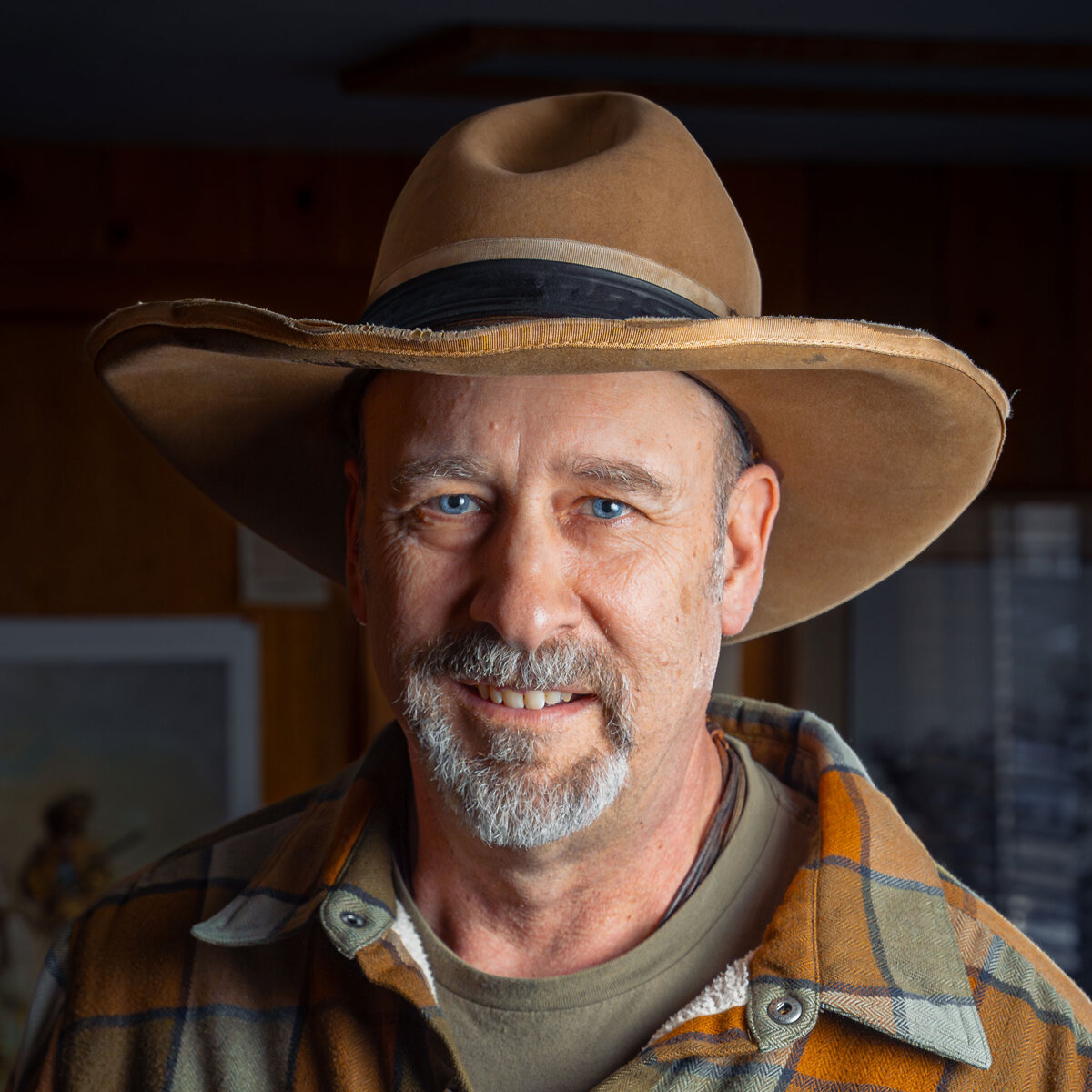How to address a problem at school
Last updated 11/5/2019 at Noon
Sisters has a tight-knit school community and a good reputation across the state for its programs and staff. Yet in any endeavor, conflicts inevitably arise. The Sisters School District has a protocol laid out for handling grievances and concerns that arise in the classroom or outside of it — and school board chair Jay Wilkins believes in the process.
“We are in our best position to do our duty as public officials when the process is followed all the way,” he told The Nugget last week.
That process is laid out on the SSD website at http://ssd6.org/discrimination; http://ssd6.org/files/2013/03/KL-Public-Complaints-.pdf; http://ssd6.org/files/2019/02/KL-R-G1.pdf.
“The basic idea of the process is that problems should be addressed as close to the origin of the problem as possible,” Wilkins said.
If there’s an issue between a teacher and student, the process should start with an attempt to resolve it with a meeting of the family and the teacher. The next step would be to take the matter to the school principal, and if that doesn’t resolve the matter, on to the schools superintendent. Only after such attempts to resolve an issue are unsuccessful would it be appropriate to appeal the matter to the school board.
In the case of an appeal to the board, that is conducted in a private meeting.
“We’re really looking at everything the family wants to present, and everything that the relevant people in the district want to present and determine if policies were followed appropriately or not,” Wilkins explained.
The board will generally formulate findings and recommendations and refer the matter back to the schools superintendent for action.
“In practice, Wilkins said, “we kind of collectively get to that decision.”
Each step in the process has timelines for response attached, which can vary.
In cases where a hearing before the board does not resolve an issue, patrons of the district have the option to make a representation to the Oregon Department of Education.
In a small town, in which school board members are readily accessible to the public, awkward situations can develop where a board member might be buttonholed at a party or in the grocery checkout line, where a member of the public might informally air a grievance.
Wilkins notes that board members can’t really say or do anything about a matter presented in such a manner.
“You want to be empathetic,” he said. “Whoever has that concern, that’s a real concern for them. But at the same time, you don’t want to get so involved that you become biased or lose objectivity. They’re hurting — but you make it worse if you don’t follow the process.”
The board chair also noted that the board has to act collectively, not as disparate individuals, when addressing concerns.
Wilkins said that transparency of decision-making is as important to the members of the board as it is to the public they serve. School boards are subject to Oregon’s robust public meetings laws.
“The desire for transparency is an important one for us,” Wilkins said. “We don’t want to be meeting and making decisions out of the purview of the public.”
However, there are other values that can conflict with complete transparency. The board must also be mindful of legal constraints surrounding personnel matters and student privacy. That can make it difficult to provide the public with information that touches on those sensitive areas. That is why, Wilkins notes, the public comment period at school board meetings specifically excludes discussion of personnel matters.
“If legally we can be transparent, we will,” Wilkins said.
The board chair said that it can be challenging to face accusations of lack of transparency in sensitive and controversial cases, such as a current matter involving the girls basketball program at Sisters High School.
“Everybody on the board I know for a fact is troubled by the language and the accusations that have been played out in the press,” he said. “We’re not hiding behind process to cover things up… it’s the best way to get to the truth. We have every intention for actions that harmed people, if that’s what happened. We will make it (school programs) as safe as we can. But the best way for us to do our duty is to follow the process.”

















Reader Comments(0)